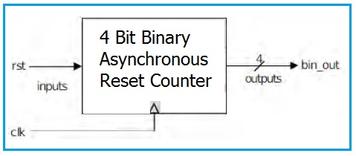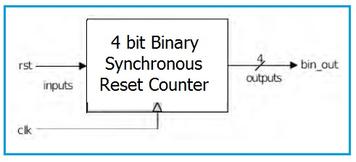1's Complement vs. 2's Complement: Key Differences
Advertisement
This article explains the fundamental differences between 1’s complement and 2’s complement, two methods used to represent negative numbers in binary.
1’s Complement
The 1’s complement of a number is found by inverting each bit (changing 0s to 1s and 1s to 0s). The formula for calculating the 1’s complement is:
N’ = (2n - 1) - N
Where:
- n = number of bits per word
- N = Positive Integer
- N’ = -N in 1’s complement notation
Example:
Let’s say we have an 8-bit word and N = 6.
N’ = (28 - 1) - 6 N’ = 255 - 6 N’ = 249 N’ = (11111001)2
How to find 1’s complement of a binary number:
Simply flip each bit in the binary representation.
Example:
N = 6 = (00000110)2 1’s complement of N = N’ = (11111001)2
2’s Complement
The 2’s complement is another method for representing negative numbers. It’s widely used because it simplifies arithmetic operations. The formula to calculate the 2’s complement is:
N* = 2n - N
Where:
- n = number of bits per word
- N = Positive Integer
- N* = -N in 2’s complement notation
Example:
Let’s say we have an 8-bit word and N = 6.
N* = 28 - 6 N* = 256 - 6 N* = 250 N* = (11111010)2
How to find 2’s complement of a binary number:
Start from the rightmost bit (LSB) of the binary number. Copy all the bits as they are until you encounter the first ‘1’. Keep that ‘1’ as it is. Then, complement (invert) all the bits to the left of that first ‘1’.
Example:
N = 6 = (00000110)2 2’s complement of N = N* = (11111010)2
Finding 2’s Complement from 1’s Complement:
A simpler way to find the 2’s complement is to add 1 to the Least Significant Bit (LSB) of the 1’s complement.
Advertisement
 RF
RF






